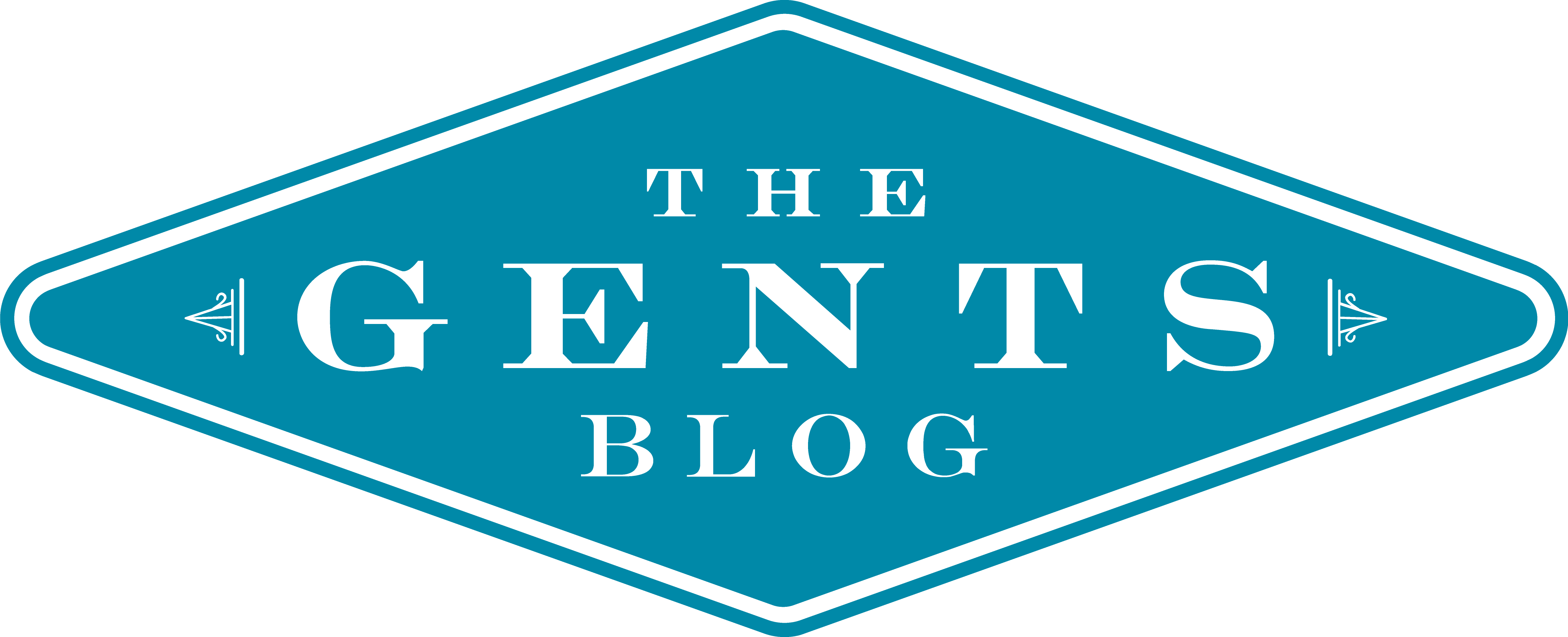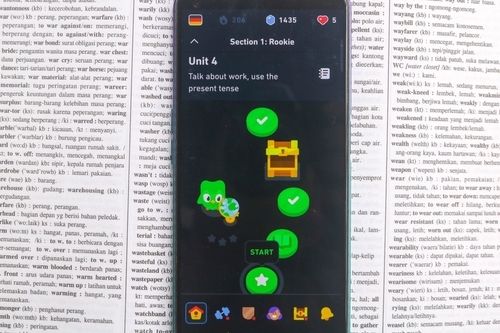Most Americans grow up learning English, and that is good enough.
We’re spoiled that way.
Other countries tend to promote learning a second or even a third language as a standard requirement for school-aged children.
They’re spoiled that way.
But Americans live in an increasingly connected world, in leisure and business. While technology is making the ability to communicate in a country whose primary language is not our own easier, no technology trumps actual knowledge and comprehension of a foreign language.
So as more Americans dip their toes into the pool of polyglotism, they are looking for optimal ways to learn a new language. If immersion in a new country, language, and culture isn’t possible, can an app provide a competent platform for grasping the nuance of a language that is foreign to you in both sound and lettering?
When in Rome, Use an App
As smartphones become more and more a part of our personality, the advantages they provide can not go unnoticed.
With apps being developed for any number of needs or forms of entertainment, language learning is not to be left behind. Apps such as Duolingo, Babbel, and Memrise all accomplish their goal of teaching you a new language. Even Rosetta Stone, a stalwart of language learning with their batches of CDs and CD-ROM discs in decades past, has made moves to adapt to the app market.
The beauty of these apps is that each one has its own purpose or focus of learning. For example, Duolingo prides itself on the variety of languages you can learn with only one membership and app. You can even learn fictional languages like Klingon and High Valyrian if you are into that sort of thing.
C’est la vie. (That’s French, not Klingon, by the way).
The best reason for using an app to learn Norwegian for example is that apps have become second nature for most people. Even toddlers can work them without incident. They are on our phones, ready to be opened while waiting for our coffee, between meetings at work, or in the car line at our child’s school. They make learning a new language convenient. They put the ability to communicate in foreign lands quite literally at your fingertips.
App vs Immersion
Apps provide the convenience of learning a new language while still ensconced within your own native-speaking country. All you need is a smartphone and an internet connection.
But does listening to a new word in a new language without having someone to correct your atrocious pronunciation help you learn a foreign tongue well enough to speak it?
That depends on your desire to learn correctly. Apps gamify the process of learning new words, pitting you against fellow learners in a contest to be the best. If the app has a function to help correct your level of sounding like a native speaker, and you are strong enough to choose that much harder option of going through the curriculum, then an app can be very helpful in gaining proficiency.
However, nothing compares to immersion.
Try going to a matbutikk filled with fruits and vegetables that you have never seen in an American grocery store, and your app will leave you woefully underprepared.
Immersion requires learning in situ. It doesn’t send a notification to your phone to practice. Immersion bluntly reminds you that you are in a land far, far away from home. It makes you live the cold sweat and hot flush of not knowing what someone is saying to you, and leaving you with no way to communicate to them.
Immersion makes you uncomfortable but is also the quickest way to achieve comfort in learning a new language.
Speak and Hear
While immersion is the best way to learn a new language, accessibility is best achieved through apps. If you are traveling tomorrow morning, immersion will be your only hope. However, if you have time in advance to learn via an app, and then supplement that learning process through seeking out and conversing with a native speaker, you get to learn a new language with less stress and more flexibility.
The problem with most apps is that everyone learning the same language as you are probably not native speakers and have the same difficulty in learning correct pronunciation, grammar, and slang terms as you do.
This is where you should seek out community to find someone willing to teach you the finer points of their native language. Apps can provide some forms of community, but most of the apps used to learn from in a passive manner are not built to provide access to native speakers.
For learning from an actual local, seek out apps that focus on providing tutoring services. Seek out immigrants who speak the language you are trying to learn. Join cultural or Meetup groups that are specific to the region you wish to learn about and from.
An app is a tool that can be used to learn a new language, or more specifically, multiple languages. Immersion is a way to learn how to speak like a local.
While an app may not make you sound cool and suave in a new language, it can at least help you learn that language while at home in the USA amongst people who are focusing on celebrity gossip instead.
And that already makes you cool and suave, so download the app and start learning how to talk about those people in a language they don’t understand.



